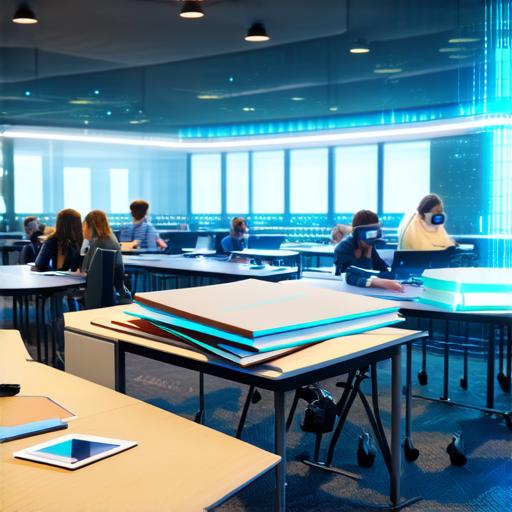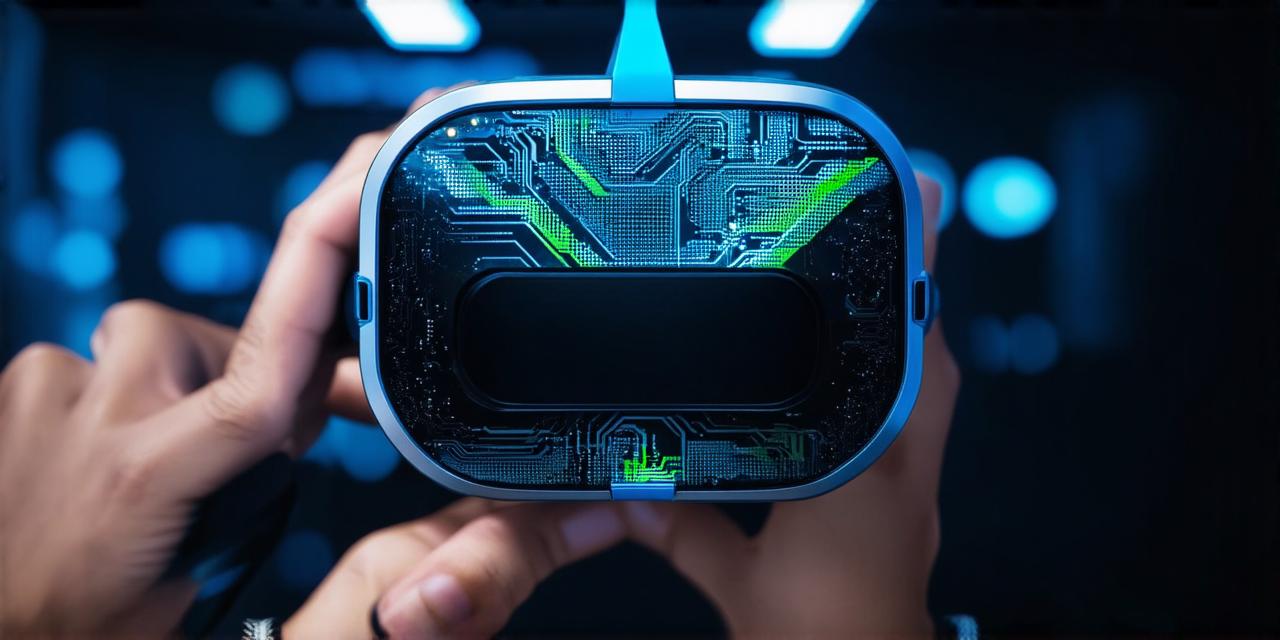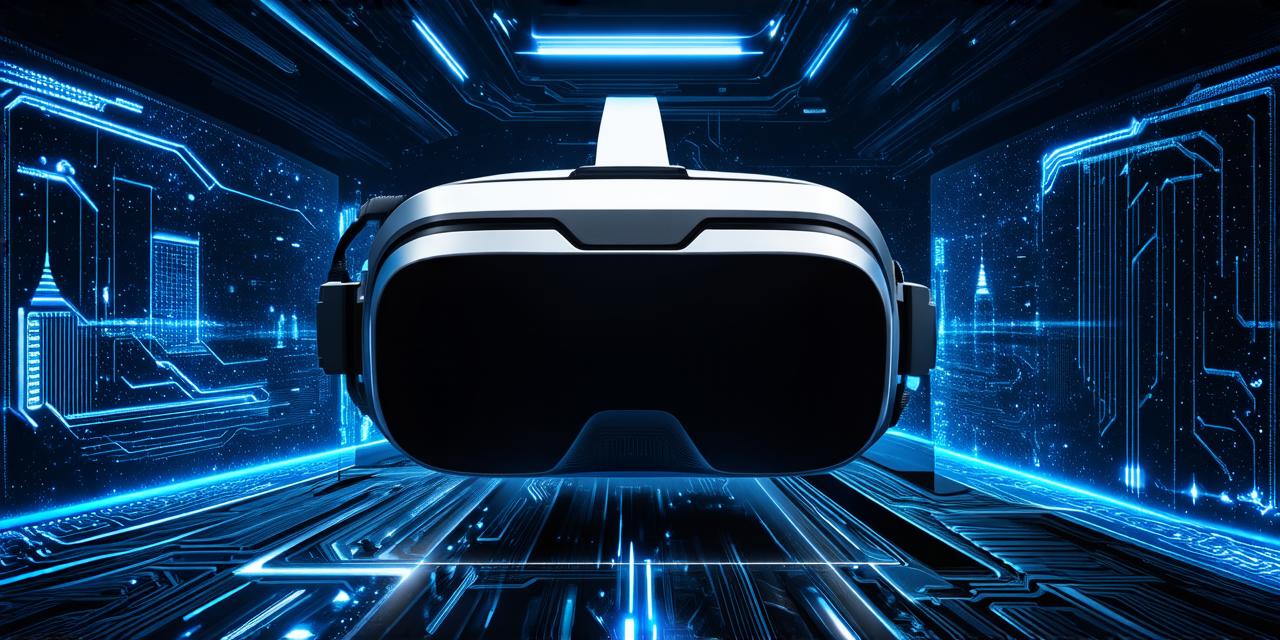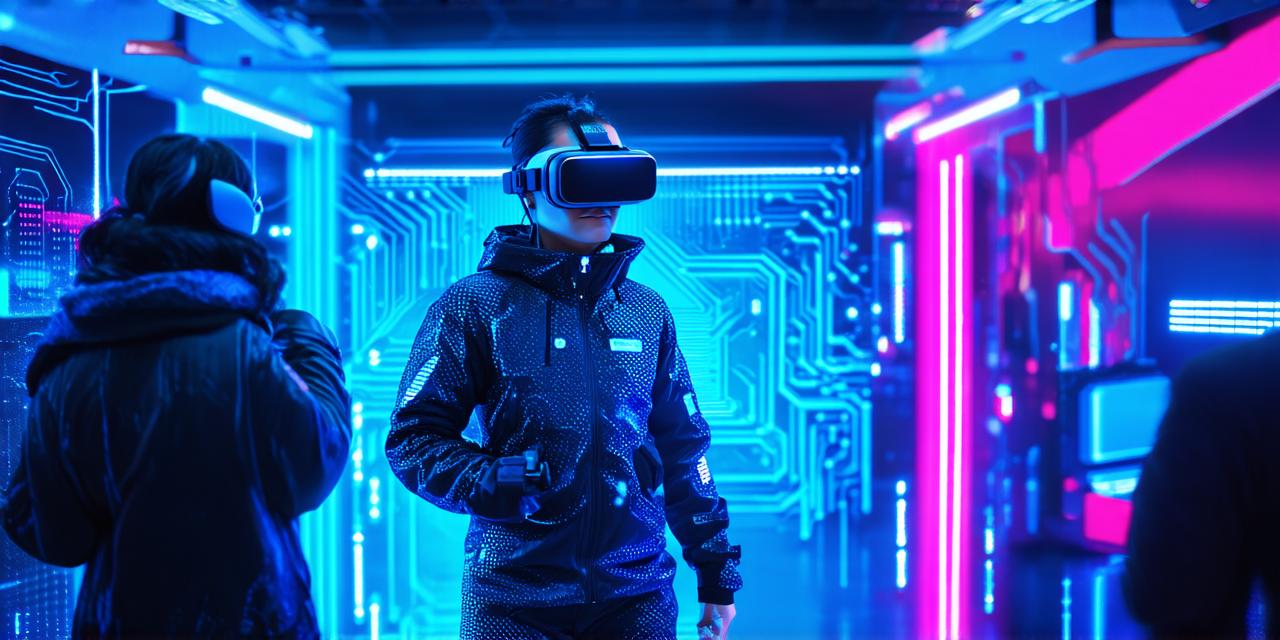Virtual reality (VR) is transforming the way we learn and interact with the world around us. In recent years, there has been a growing interest in using VR in educational settings to enhance student engagement and improve learning outcomes. For AR developers, VR presents an exciting opportunity to create immersive and interactive experiences that can help students gain new perspectives on complex concepts.
In this article, we will explore some of the ways that AR developers can implement virtual reality in educational settings. We will examine case studies and personal experiences to understand how VR is being used to teach a variety of subjects, from science and engineering to art and design.
We will also discuss the research and experiments that support the effectiveness of VR in education, and explore some of the challenges and opportunities that arise when using VR in the classroom.

One of the key benefits of virtual reality in education is its ability to create highly engaging experiences that can help students develop a deeper understanding of complex concepts. For example, VR can be used to simulate real-world scenarios, such as operating a surgical procedure or piloting an aircraft, allowing students to gain hands-on experience without the risk of injury or damage.
In addition, VR can be used to create immersive environments that allow students to explore new ideas and perspectives. For example, VR can be used to simulate historical events or cultural experiences, allowing students to gain a better understanding of different cultures and time periods.
Another advantage of virtual reality in education is its ability to personalize learning experiences for individual students. By using VR, teachers can create customized lessons that are tailored to the needs and interests of each student. This can help to improve engagement and motivation, leading to better learning outcomes.
Despite these benefits, there are also some challenges associated with implementing virtual reality in educational settings. One of the main challenges is cost: VR equipment and software can be expensive, which may limit access for some schools and students. In addition, there may be concerns around safety and privacy, as well as the need for specialized training to use VR effectively.
Despite these challenges, many schools and institutions are already using virtual reality in educational settings to great effect. For example, NASA has used VR to simulate space exploration missions, allowing students to experience the thrill of space travel without leaving Earth. Similarly, the British Museum has used VR to create immersive tours of its collections, allowing visitors to explore the museum’s exhibits in a whole new way.
As AR developers, there are many opportunities to get involved in the development of virtual reality experiences for education. Whether you are interested in creating simulations of historical events or designing customized learning environments, there is a growing demand for skilled AR developers who can bring their ideas to life.
In conclusion, virtual reality presents a game-changing opportunity for AR developers to create immersive and interactive experiences that can help students gain new perspectives on complex concepts. While there are some challenges associated with implementing VR in educational settings, the potential benefits are significant, and many schools and institutions are already using VR to great effect. As an AR developer, there are many opportunities to get involved in this exciting field and help shape the future of education.




